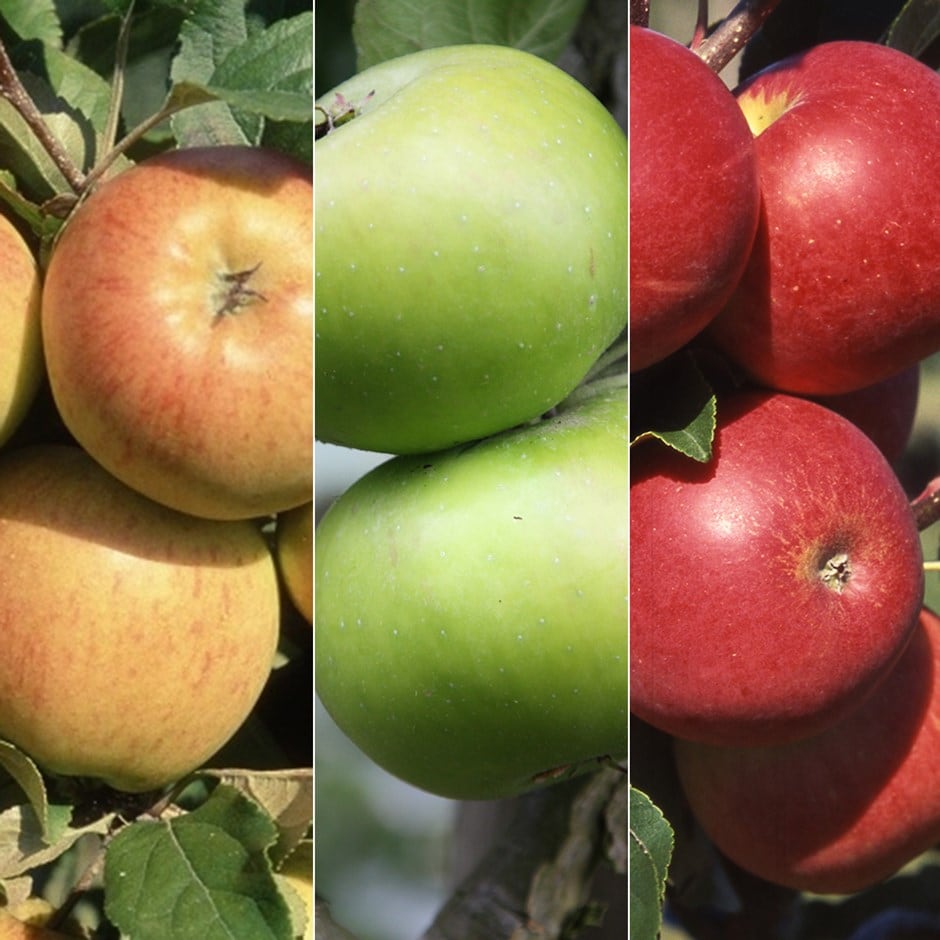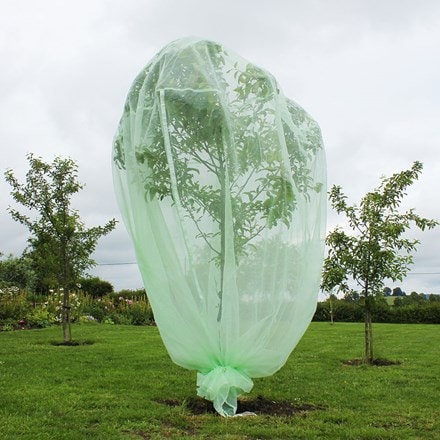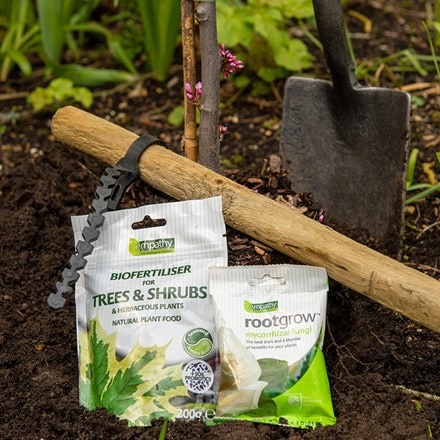apple 'Bramley 20' / 'Christmas Pippin' / 'Scrumptious'
family apple Bramley 20 / Christmas Pippin / Scrumptious
- 9 litre pot | MM106 root stock | 1.2m
- £149.99
- In stock (shipped within 2-3 working days)
- 12 litre pot | MM106 root stock | 1m
- £169.99
- In stock (shipped within 2-3 working days)
- bare root | MM106 root stock | 1.5m tall
- £50.99 £59.99
- In stock (shipped within 2-3 working days)
Delivery options
- Standard £5.99
- Position: full sun
- Soil: moderately fertile, moist but well-drained soil
- Rate of growth: average to fast
- Flowering period: April to May
- Hardiness: frost hardy (may need winter protection, particularly in colder parts of the country)
Family apple trees are ideal where space is limited as there is no need to worry about pollination partners and you can pick several different varieties from the same tree. On this fab family tree including a mix of cooking and eating apples, there are three grafted branches, each branch will produce one of the following varieties:
'Bramley 20': This is regarded by many as one of the best cooking apples. Heavier cropping than the original the greenish-yellow fruits are ready to harvest in mid-October.
'Christmas Pippin': Producing bumper crops of delicious eating apples, this recent introduction has been hailed as 'the new garden cox'. High quality apples with a honeyed flavour are ready to harvest in early October.
'Scrumptious': Reliably producing sweet, crisp, aromatic fruits with red skins this delicious variety is gaining in popularity and we have noticed its a favourite with children. Ready to harvest in September.
Pollination information: These apple varieties all belong to pollination group 3. Therefore they will cross-pollinate freely with one another, so there's no need for a separate pollinating partner.
'Bramley 20': This is regarded by many as one of the best cooking apples. Heavier cropping than the original the greenish-yellow fruits are ready to harvest in mid-October.
'Christmas Pippin': Producing bumper crops of delicious eating apples, this recent introduction has been hailed as 'the new garden cox'. High quality apples with a honeyed flavour are ready to harvest in early October.
'Scrumptious': Reliably producing sweet, crisp, aromatic fruits with red skins this delicious variety is gaining in popularity and we have noticed its a favourite with children. Ready to harvest in September.
Pollination information: These apple varieties all belong to pollination group 3. Therefore they will cross-pollinate freely with one another, so there's no need for a separate pollinating partner.
When planting your apple tree, prepare a hole up to three times the diameter of its root system. Fork over the base of the pit in readiness, incorporating plenty of organic matter into the backfill and planting hole. Place the plant in the planting hole and carefully refill, firming the soil around the roots to eliminate air pockets. Insert stake at this point if required.
Avoiding frozen and waterlogged soil, trees should be planted out as they arrive. If you've ordered a bare root tree, soak the roots in a bucket of water for half an hour prior to planting - or if this is not possible, they can be heeled in temporarily, covering their roots with soil, or potted up.
Keep the base of the tree weed free, fertilise at the beginning of each year water regularly during hot, dry spells.
The main prune should be done in the winter as long as it isn't frosty or freezing. Take out the 3D’s (dead, dying and diseased wood) and create an open shape. Then reduce the leaders back by a third. Aim to create an airy structure without any crisscrossing branches.
In August summer prune. Shorten any side shoots (or laterals) which are longer than 20cm back to three leaves. This will allow the sun to ripen the fruit and encourage more fruit buds. Make sure that the growth you’re cutting away feels firm to the touch.
Avoiding frozen and waterlogged soil, trees should be planted out as they arrive. If you've ordered a bare root tree, soak the roots in a bucket of water for half an hour prior to planting - or if this is not possible, they can be heeled in temporarily, covering their roots with soil, or potted up.
Keep the base of the tree weed free, fertilise at the beginning of each year water regularly during hot, dry spells.
The main prune should be done in the winter as long as it isn't frosty or freezing. Take out the 3D’s (dead, dying and diseased wood) and create an open shape. Then reduce the leaders back by a third. Aim to create an airy structure without any crisscrossing branches.
In August summer prune. Shorten any side shoots (or laterals) which are longer than 20cm back to three leaves. This will allow the sun to ripen the fruit and encourage more fruit buds. Make sure that the growth you’re cutting away feels firm to the touch.
Goes well with
Premium tree planting kit with softwood stake
kit with with softwood stake
£20.95
In stock (shipped within 2-3 working days)



